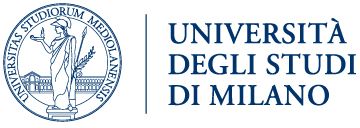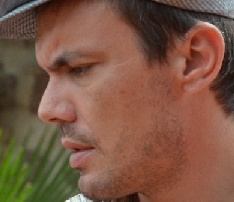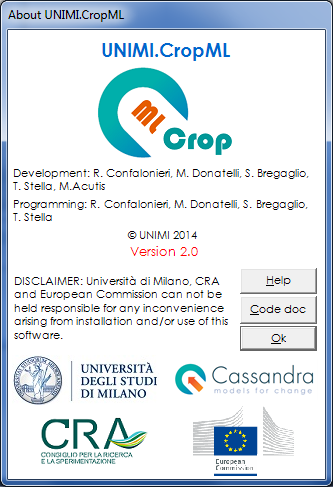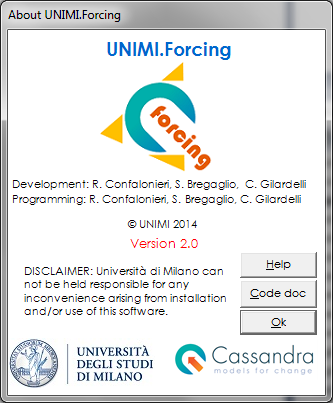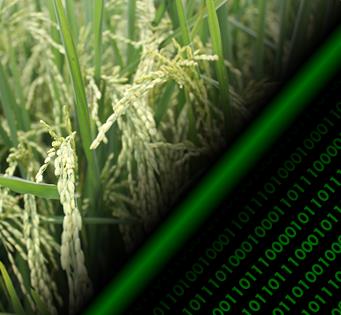Downscaling rice yield simulation at sub-field scale using remotely sensed LAI data.
 |
2019 - European Journal of Agronomy, 103, 108-116 |
 |
Gilardelli, C., Stella, T., Confalonieri, R., Ranghetti, L., Campos-Taberner, M., García-Haro, F.J., Boschetti, M. |
Abstract:
Crop modeling and remote sensing are key tools to gain deeper understanding on cropping system dynamics and, ultimately, to increase the sustainability of agricultural productions. This study presents a system to estimate rice yields at sub-field scale based on the integration of a biophysical model and remotely sensed products. Leaf area index (LAI) data derived from decametric optical imageries (i.e., Landsat-8, Landsat-7 and Sentinel–2A) were assimilated into the WARM rice model via automatic recalibration of crop parameters at a fine spatial resolution (30m×30 m), targeting the lowest error between simulated and remotely sensed LAI. The performance of the system was evaluated by comparing simulated yield using default and recalibrated parameters at sub-field scale with yield maps generated by a GPS-equipped harvester. The training dataset included 40 paddy fields in Northern Italy, which were sampled during three cropping seasons, from 2014 to 2016. The assimilation of remotely sensed LAI into model parameters increased the accuracy of the system: MAE and RRMSE were 0.66 t ha-1 [CI: 0.54 t ha-1–0.78 t ha-1] and 13.8% [CI: 11.7%–15.7%], respectively, whereas they were 0.82 t ha-1 [CI: 0.68 t ha-1–0.96 t ha-1) and 15.7% [CI: 14.1%,–17.4%] without assimilation. Moreover, the system allowed to properly reproduce the within-field yield variability, thus laying the basis for possible applications in precision
agriculture advisory services.
agriculture advisory services.
 |
Keywords: Crop model, data assimilation, decision support system, remote sensing, yield predictions, WARM model |
 |
DOI: 10.1016/j.eja.2018.12.003 |
- Comparison of three calibration methods for modeling rice phenology
- A simple pipeline for the assessment of legacy soil datasets: An example and test with soil organic carbon from a highly variable area.
- A high-resolution, integrated system for rice yield forecasting at district level.
- Downscaling rice yield simulation at sub-field scale using remotely sensed LAI data.
- Analysis and modelling of processes involved with salt tolerance and rice.
- Estimating crop nutritional status using smart apps to support nitrogen fertilization. A case study on paddy rice.
- Development of generic crop models for simulation of multi-species plant communities in mown grasslands.
- Quantifying uncertainty due to stochastic weather generators in climate change impact studies
- Predicting rice blast disease: machine learning versus process-based models
- Boundaries and perspectives from a multi-model study on rice grain quality in Northern Italy.

